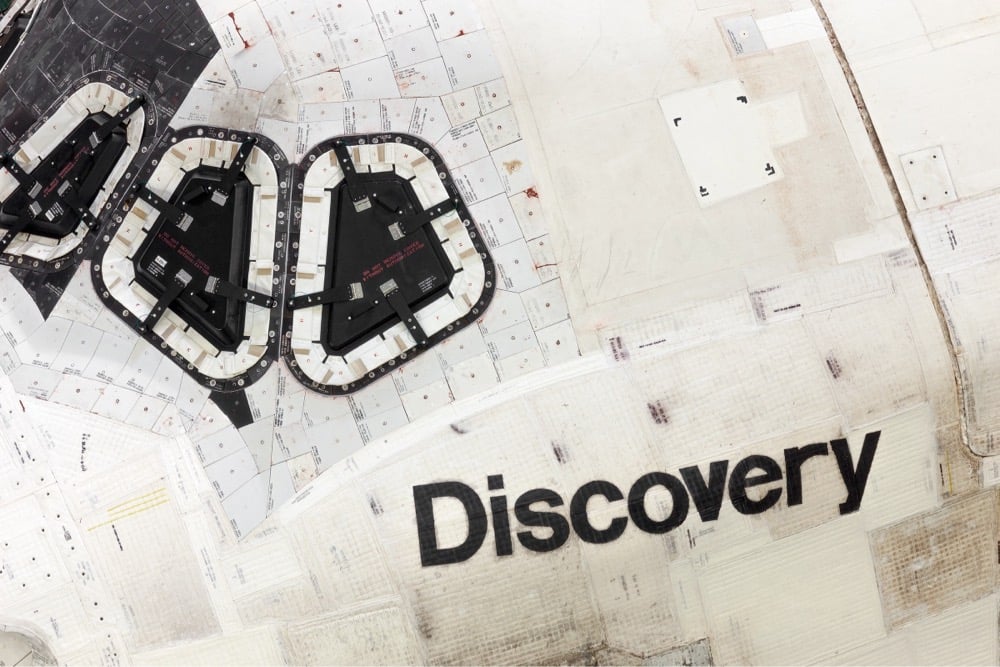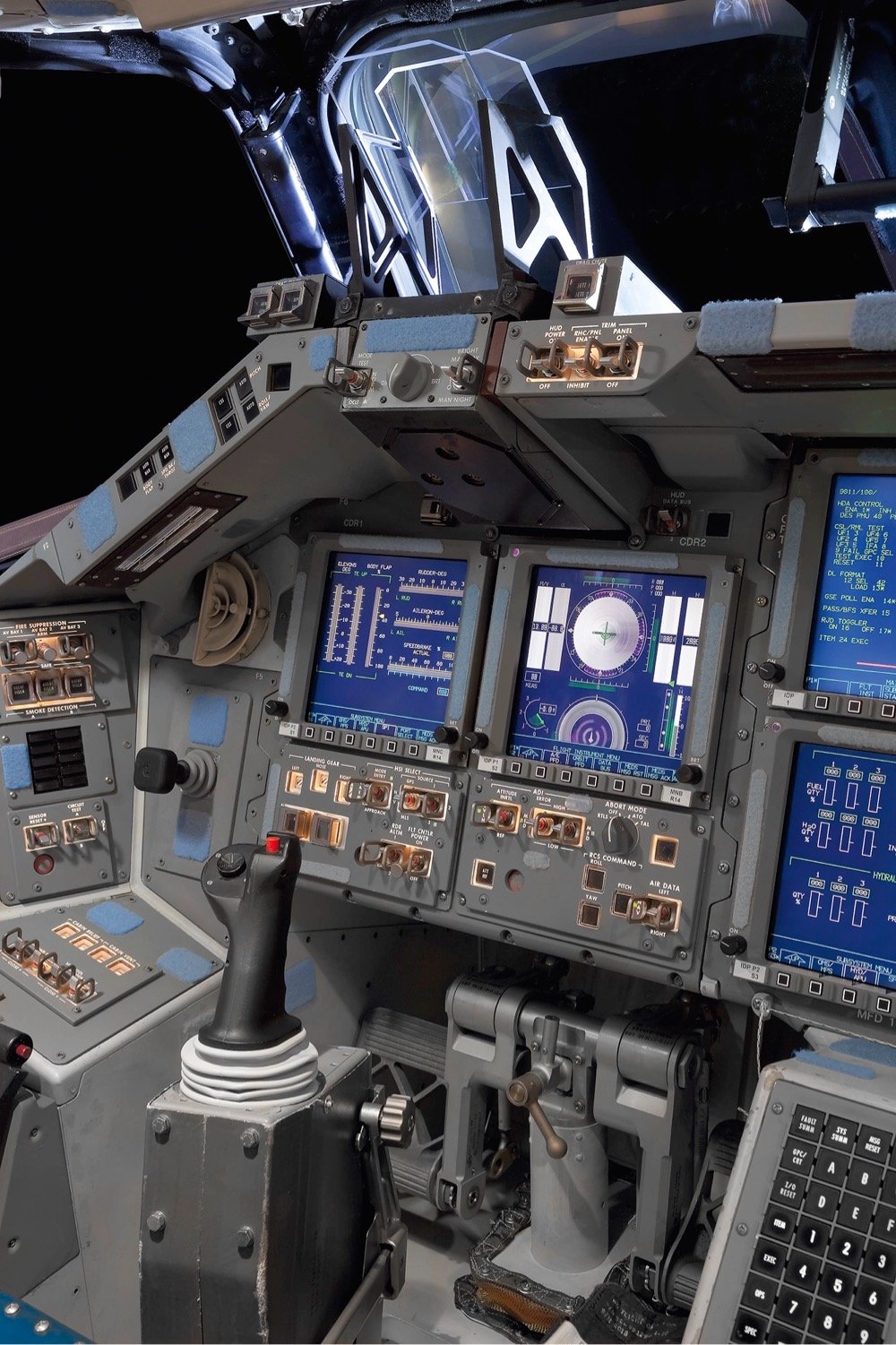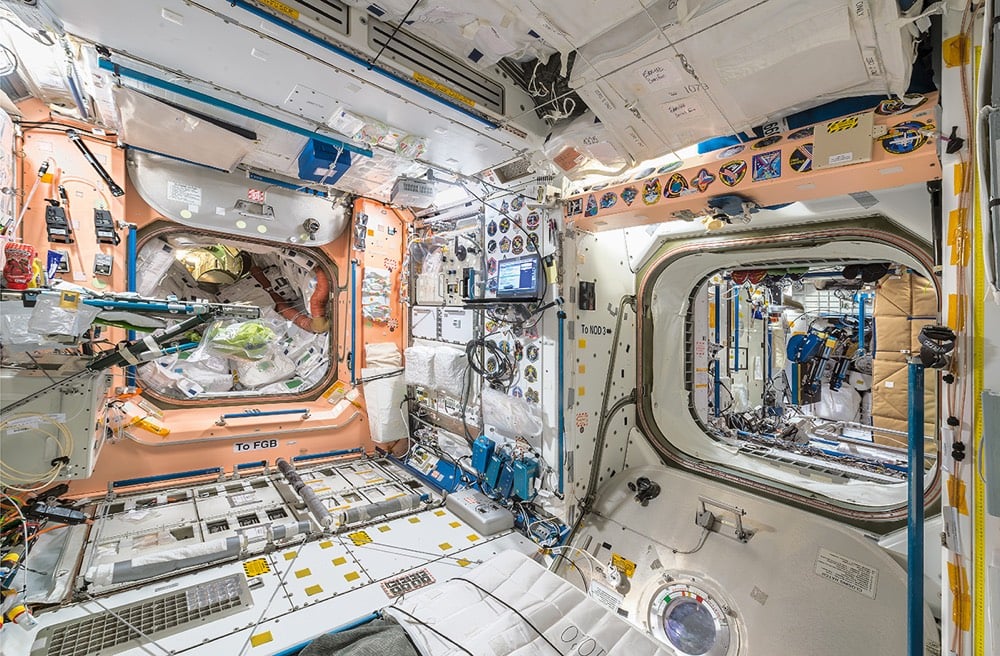

Roland Miller has been documenting space exploration for more than 30 years and his latest book, which he’s funding via Kickstarter, is a photo documentation of the final years of NASA’s Space Shuttle program.
I started documenting the Space Shuttle program when I was teaching photography at a college near the Kennedy Space Center. In 2008, I began a concentrated effort to document the final years of the program. Orbital Planes is the result of that photography work. My hope is that Orbital Planes will give the reader their own personal view of the Space Shuttle and the technology and facilities that helped it fly.
You might remember Miller from his collaboration with Italian astronaut Paolo Nespoli photographing the ISS. (via colossal)


Roland Miller, a long-time photographer of space exploration projects, and Italian astronaut Paolo Nespoli has teamed up to produce a book of photographs of the interior of the International Space Station. According to a profile of the project from Colossal, Miller used interior views of the ISS on Google Earth to stage shots, which would then be executed by Nespoli in space. Nespoli, an engineer, also built a stabilizing rig for the camera.
Because the ISS was in a weightless environment with fluctuating light, many of the images astronauts typically capture utilize a flash, which Miller, who generally photographs using a very low shutter speed, wanted to avoid. “The first problem you run into is you can’t use a tripod in space because it just floats away, and the station itself is going 17,500 miles an hour. Just because of the size and the speed, there’s a harmonic vibration to it,” he notes. To combat the constant quivering, Nespoli constructed a stabilizing bipod and shot about 135 images with a high shutter speed, before sending the shots to Miller for aesthetic editing.
You can get a copy of the book (or prints) by backing the project on Kickstarter.









Stay Connected